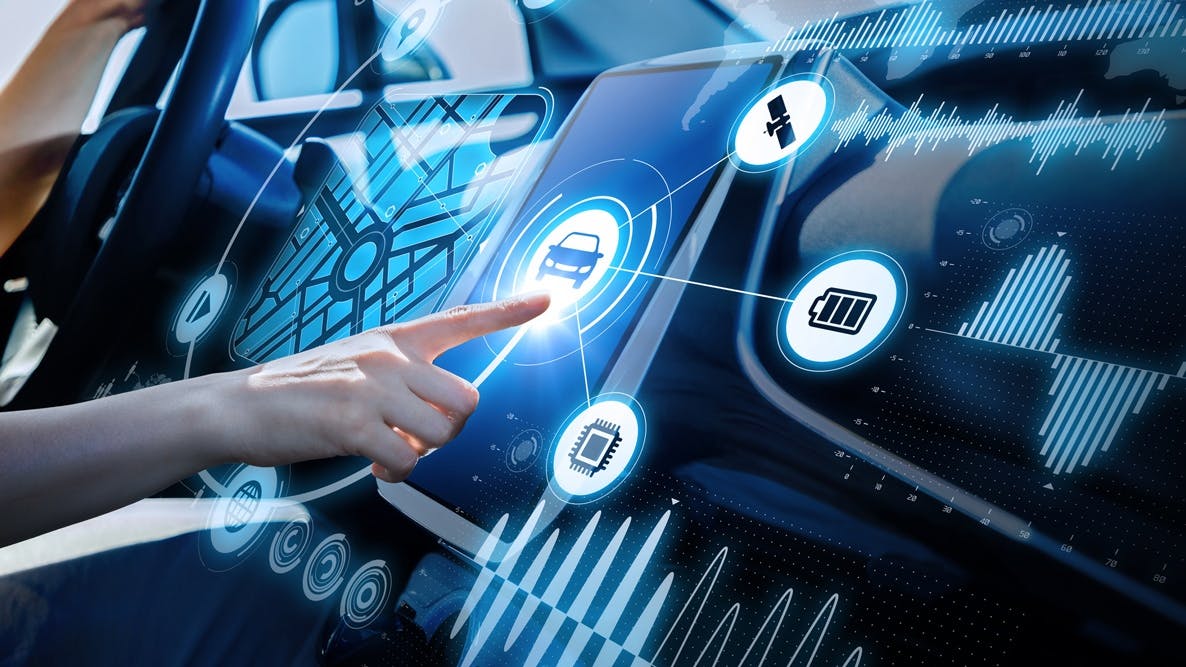The Shift to Physical-Digital Design Teams: Are You Ready?
The world is changing ... are your design teams changing with the physical/digital times?
The Shift to Physical-Digital Design Teams: Are You Ready?
Let's build something together.
Biggest Innovations in 2022 That Influenced Product Design
A coffee pod system without a plastic pod. Headphones that read your mind. A touch-sensitive prosthetic hand. Check out the biggest innovations to influence product design in 2022.
Read more
Speculative Design and a Cone of Possibilities
Speculative design requires people to suspend their disbelief and allow their imaginations to wander. Here's one tool to ground it in reality.
Read more
What Mini Electronics Are Inside Tiny Wearables?
We opened up wearables from leading companies to see how so much was packed into something so little.
Read more
Empathic Design in Practice
What comes before and after you walk in your users' shoes? We distill empathic design into six principles for easy adoption.
Read more
The expanding definition of design
There’s a growing sense of urgency and renewed purpose in the design community.
Read more
Why IoT Data Collection Is Essential To Get Right
IoT data collection impacts data deployment, sensor selection, security, and more. It's at the core of every smart product's user experience — and success.
Read more
